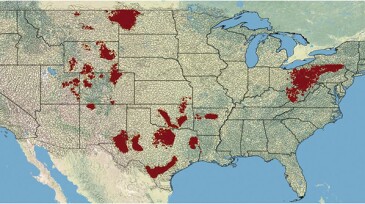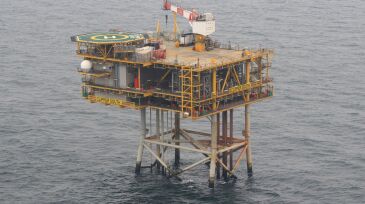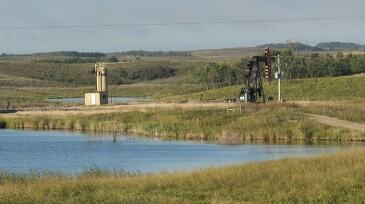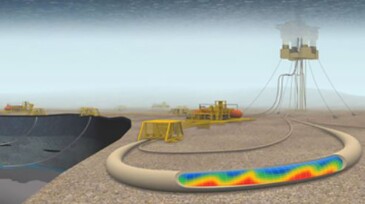Water management
This paper describes a decision-support system that integrates field data, system specifications, and simulation tools to quantify system performance, forecast operational challenges, and evaluate the effect of system modifications in water management.
This paper demonstrates that high-purity salts of calcium, magnesium, strontium, sodium, and lithium can be recovered from produced-water brine using a chemical-reaction pathway followed by vacuum-driven crystallization and a lithium-extraction process.
The authors of this paper aim to design, optimize, and evaluate a scalable and energy-efficient plasma-driven advanced-oxidative-process system for produced-water remediation, emphasizing regulatory compliance for safe discharge or reuse.
-
Using a large-sample statistical approach based on publicly available data, the authors of a recent study investigated the potential impact of unconventional oil and gas development on surface water quality.
-
A subsidiary-owned pipeline near Marmon, North Dakota, spilled more than 700,000 bbl of produced water over a period of almost 5 months in 2014–2015.
-
Signed into law last month, the Texas Produced Water Consortium will be hosted by Texas Tech and bring together stakeholders, key experts, and industry to address produced water challenges.
-
A 2-year study of a formation used for saltwater disposal in the Bakken may hold promise of decreasing the pressurization of the formation and increasing the reuse of the briny produced water.
-
This latest project will build on a previous initiative with up to a trio of field trials aimed at supporting regulatory authorities and industry to establish new standards and practices for the use of online oil-in-water analyzers at remote locations.
-
Acknowledging the necessity to better understand treatment needs, economic challenges, and public health and environmental risks of industry’s waste water, the Texas Legislature recently passed Senate Bill 601, establishing a Texas Produced Water Consortium.
-
In the original grant application for renewable desalination, the startup mentioned solar thermal, but Gary Katz had originally thought industrial waste heat energy would be the ideal source. But, as he noted ruefully, “As a startup, you have to pivot to what the market will support."
-
Added assets raise its Delaware Basin daily disposal capacity to more than half a million barrels.
-
Expansion of operations in the Permian Basin has spawned a midstream water segment – one that uses data and analysis to enhance efficiency as well as manage produced water volumes.
-
Shell and Tomson Technologies completed field trials in the Gulf of Mexico using new nanoparticle-enabled phosphonate and polymer inhibitors that improve the treatment lifetime of scale squeezes.













